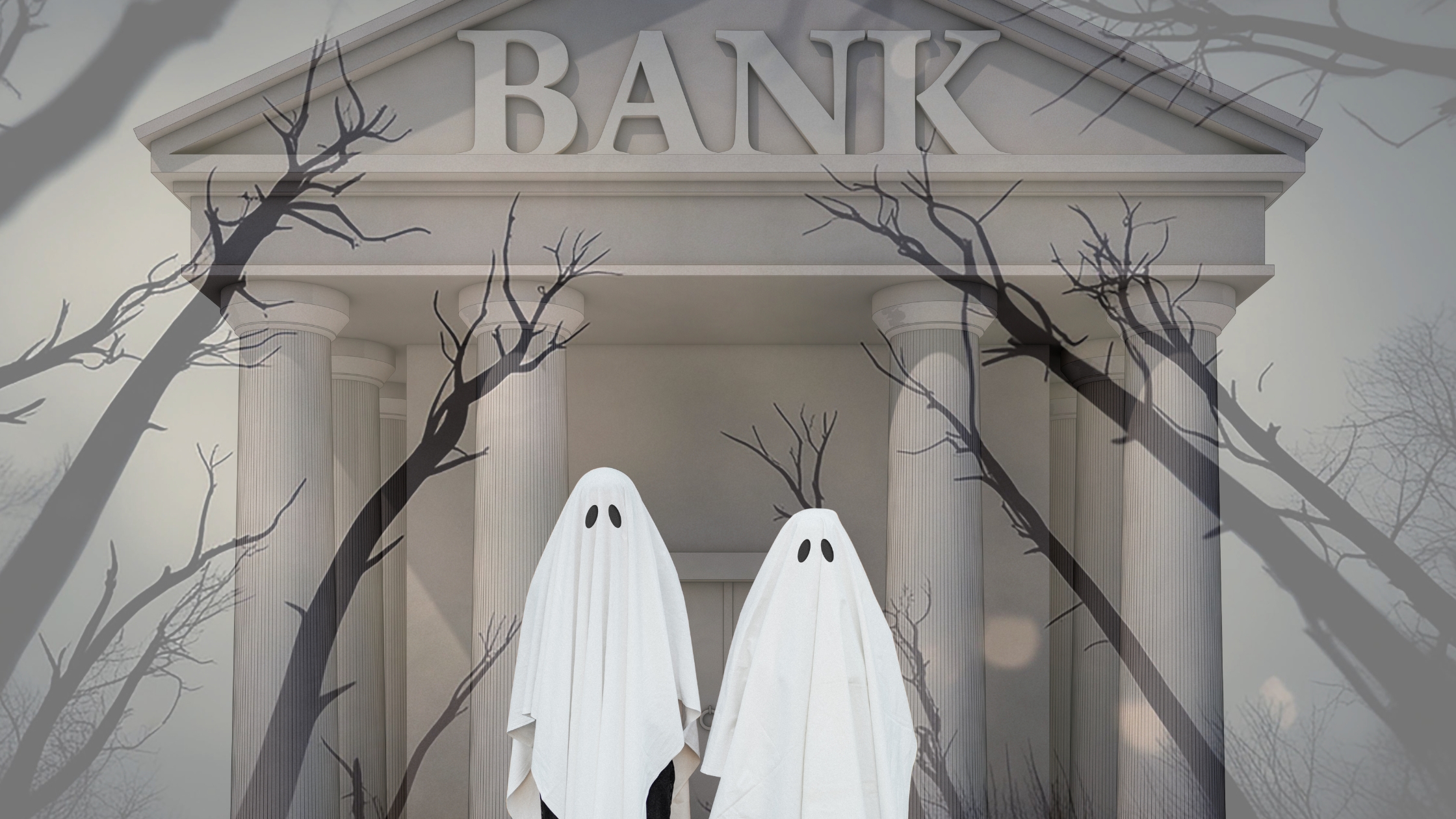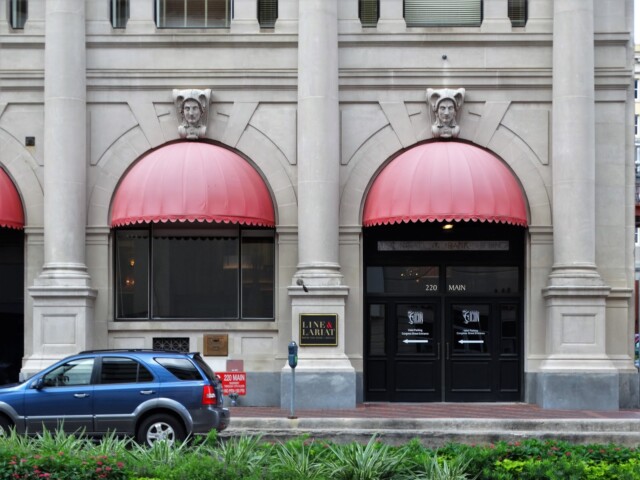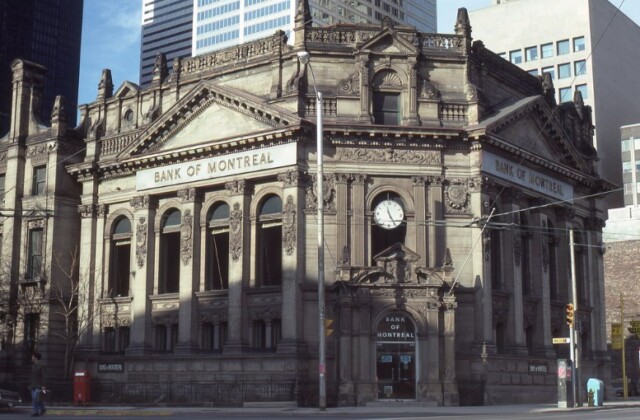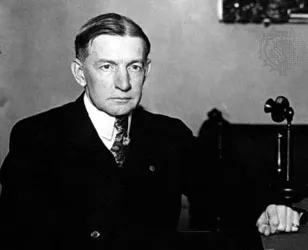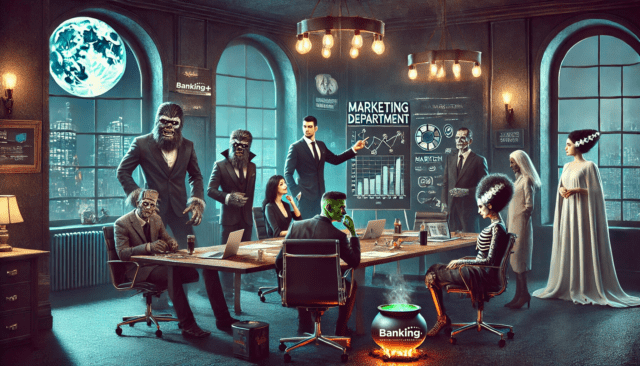Ghost Stories of Haunted Financial Institutions Emerge as Tales from the Bank Crypt
Every October, regional ghost tours and haunted house lists remind us that eerie histories don’t belong only to graveyards or Victorian mansions. Banks — symbols of security, prosperity, and community standing — have their own strange afterlives. From Depression-era robberies to phantom tellers still pacing behind locked vault doors, financial institutions carry ghost stories as enduring as their ledgers.
Houston’s Phantom Banker
The Union National Bank building in downtown Houston has seen fortunes rise and fall over its decades of operation. Today, it’s the luxury Hotel ICON, but some guests insist the past still checks in from time to time.
Room 415 is said to host a spectral man in a 1930s suit, echoing the site’s Depression-era banking days. Guests and staff have claimed to hear phantom gunfire at night, though records show no such tragedy. As reported by Haunted Rooms Co., the figure is so persistent that the hotel appears on multiple haunted-hotel lists.
Phantom Tellers of Old Spring State Bank, Texas
In Old Town Spring, Texas, the former Spring State Bank now houses small shops. But its vault remains—and along with the assets once locked within it come a number of strange tales.
Visitors describe “energies” radiating from the vault and whisper about 1930s robberies, even alleged ties to Bonnie and Clyde. According to the Only in Your State website, these stories have circulated in local ghost-tour lore for decades.
Here, crime, community memory, and finance collide. Even when money is long gone, the aura of desperation and danger during the Depression lingers in mythic form. Numerous witnesses mention a ghostly figure in 1930s attire appearing on the site, seemingly searching for lost cash.
The Employee Who Never Clocked Out: Toronto’s Hockey Hall of Fame
Toronto’s Hockey Hall of Fame occupies the grand former Bank of Montreal building — but the most famous spirit isn’t an athlete. It’s “Dorothea,” a onetime bank employee.
ESPN’s coverage of this apparition suggests that Dorothea died by suicide in the building and never left. Staff and visitors describe the apparition of a dark-haired woman, phantom footsteps, and the unmistakable sensation of being watched in the former bank’s restrooms.
Banks Still Serving Customers … and Spirits
Not all haunted banks are relics. Some remain active community hubs, with staff who quietly swap stories after closing.
In Roseburg, Oregon, Umpqua Bank employees have reported apparitions, phantom footsteps, and faucets turning on without explanation. As compiled by Oregon Haunted Houses, these tales persist despite the bank’s ongoing business operations.
Similarly, the Biltmore-Oteen Bank Building in Asheville, N.C. — now repurposed — is rumored to house a spirit endlessly searching its walls, according to the Haunted Places website. His outfit reflects early 20th-century dress, leading locals to wonder whether he once hit hard times during the 1929 stock market crash and now returns to seek hidden deposits.
Why Banks Breed Ghost Stories
Banks embody permanence, wealth, and trust. When communities endure economic despair — robberies, runs on deposits, foreclosures — the bank can become a stage for collective memories of tough economic times. Ghost stories linger because they help communities process those downturns, turning financial history into folklore.
As noted in local ghost-tour archives and regional press, the combination of grand architecture, locked vaults, and high-stakes drama provides perfect material for tales of the uncanny. Even today, when bankers wrestle with cybersecurity and liquidity challenges, the echoes of vault doors and phantom tellers remind us that savings institutions are more than repositories of financial data. They are cultural landmarks with stories that often refuse to balance out.

